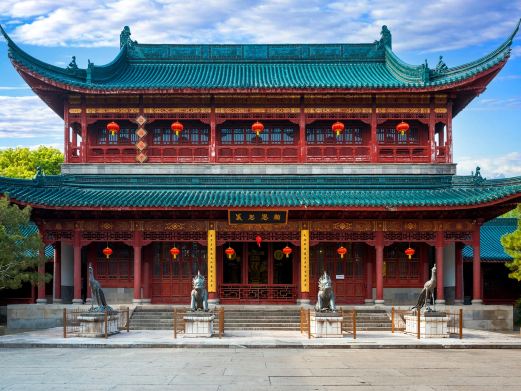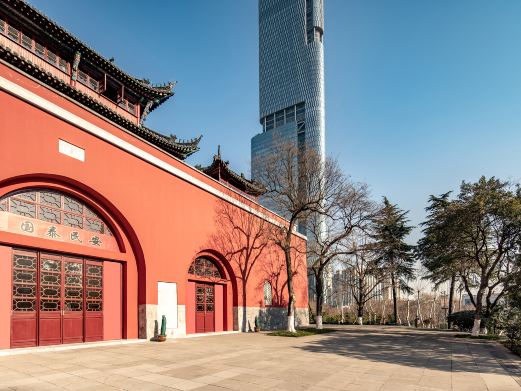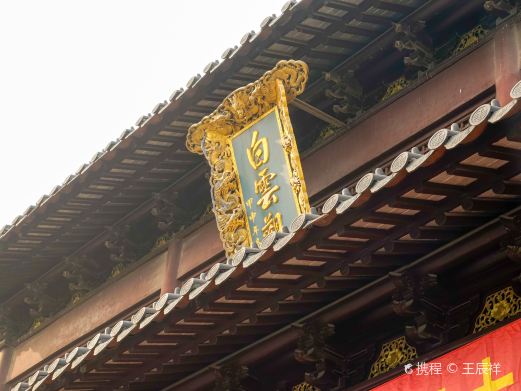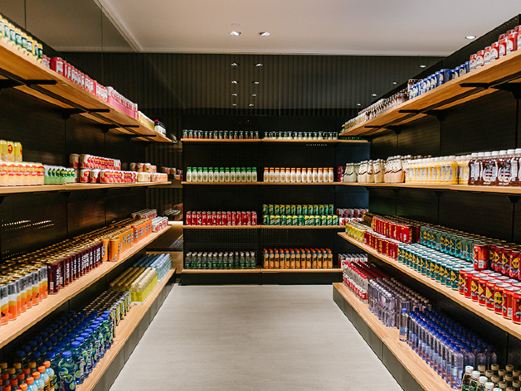The Boshen Road Modern Architecture Complex consists mainly of buildings constructed during the late Qing Dynasty and the early Republic of China period. After 1860, the Qing government was forced to sign the Treaty of Tianjin, which opened Zhenjiang as a trading port. In the eleventh year of the Xianfeng era (1861), British, American, and Japanese consulates were established along the areas of Yuntai Mountain, Zhenping Mountain, Yingjiang Road, and the riverbank, marking the emergence of numerous Western-style buildings.
Subsequently, imitation Western-style buildings and Sino-Western hybrid structures appeared, along with buildings in the classical Chinese national style. These architectural groups, akin to the international banks of Shanghai’s Bund, have withstood over a century of time and still stand here, adding a touch of antiquity. Wandering among them, with the sight of falling sycamore leaves and the slanting sun, one can instantly feel a dialogue with history through time and space. The specific opening hours and business status are subject to the daily opening conditions. A must-see tip is that it is connected to the Xijing Ancient Ferry Street, allowing for a combined walking tour.










